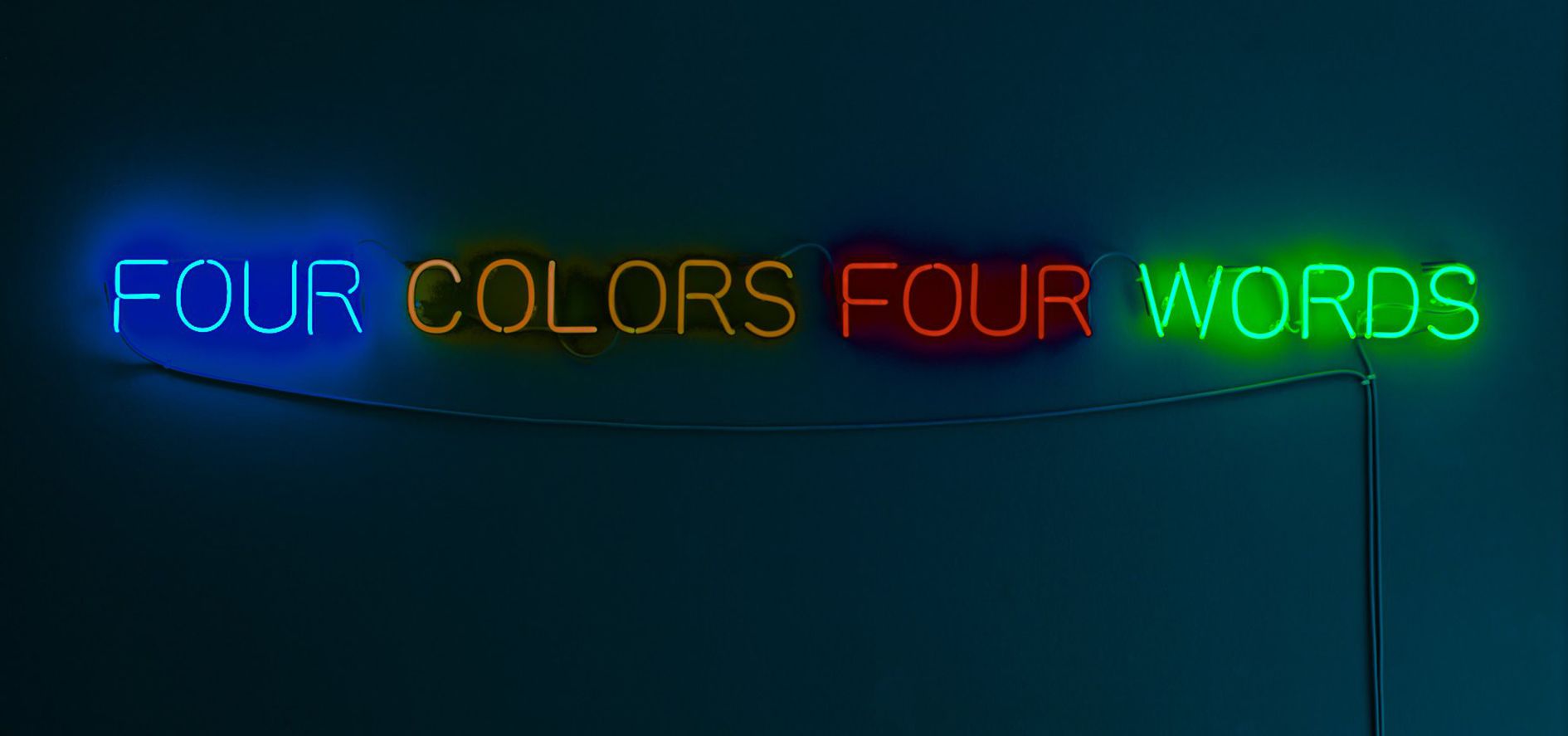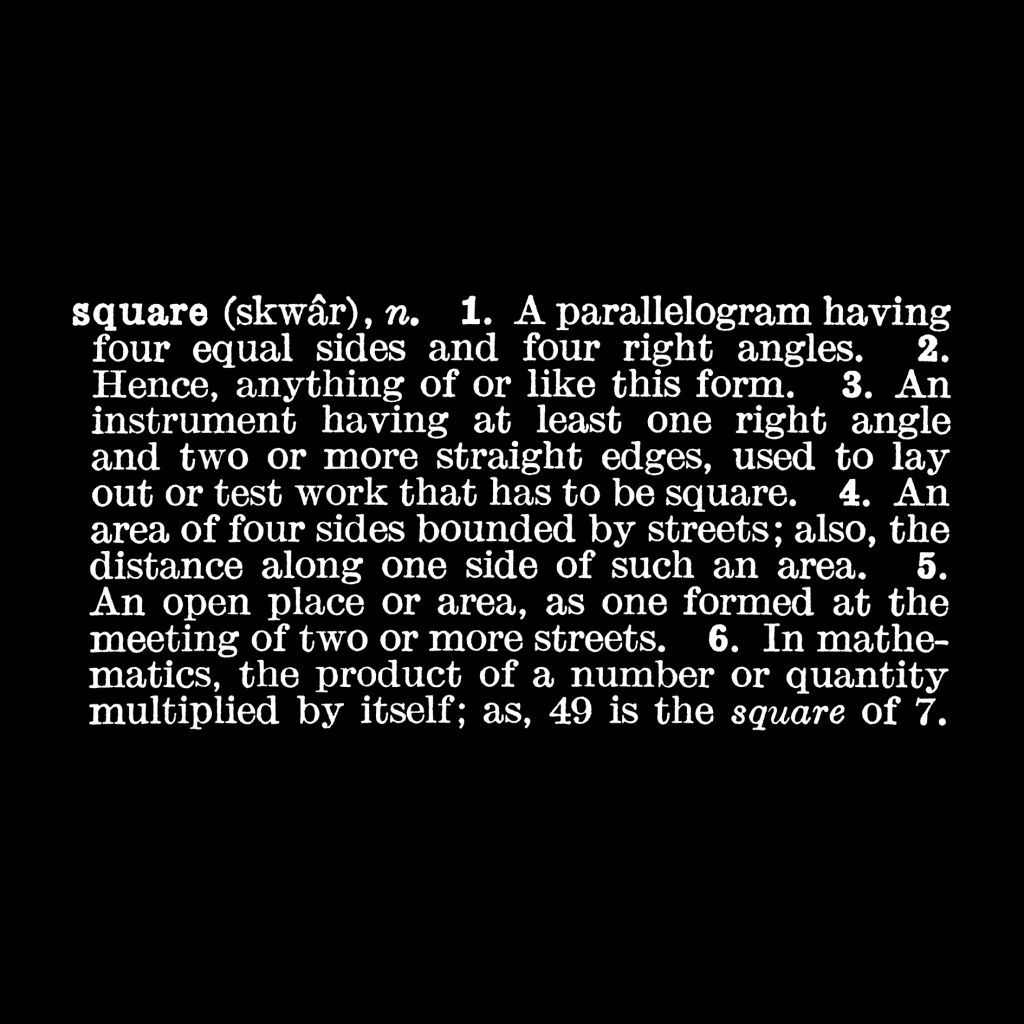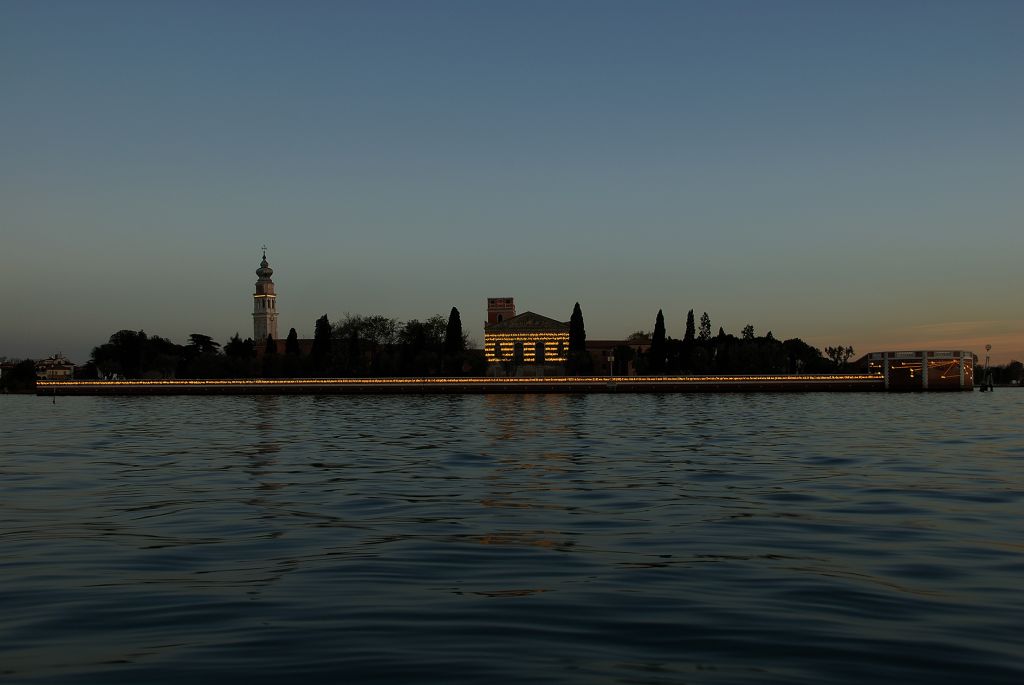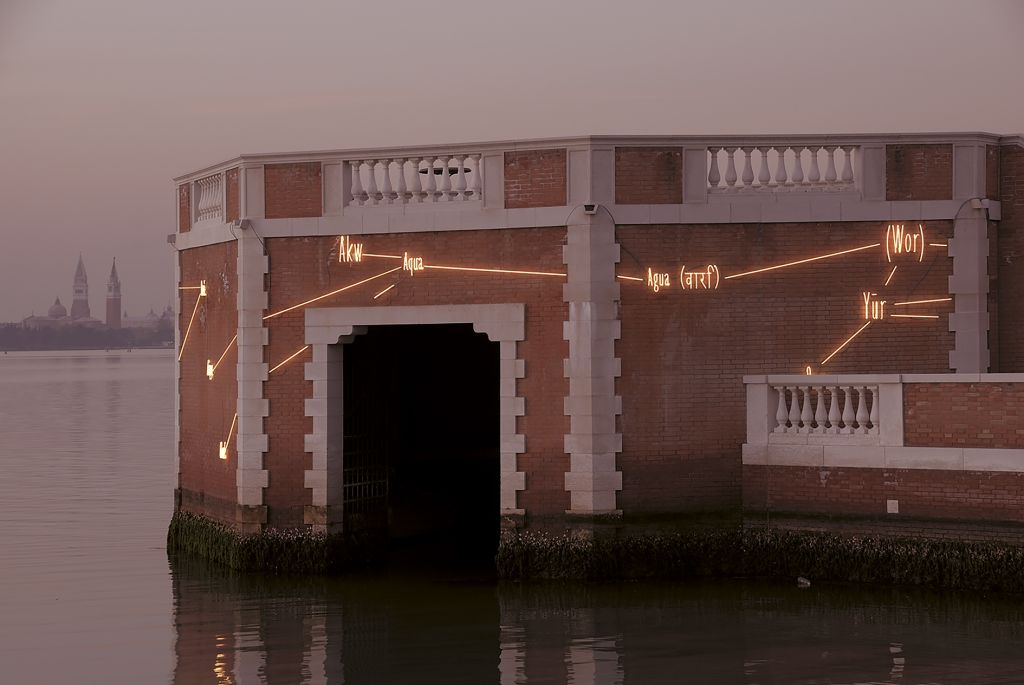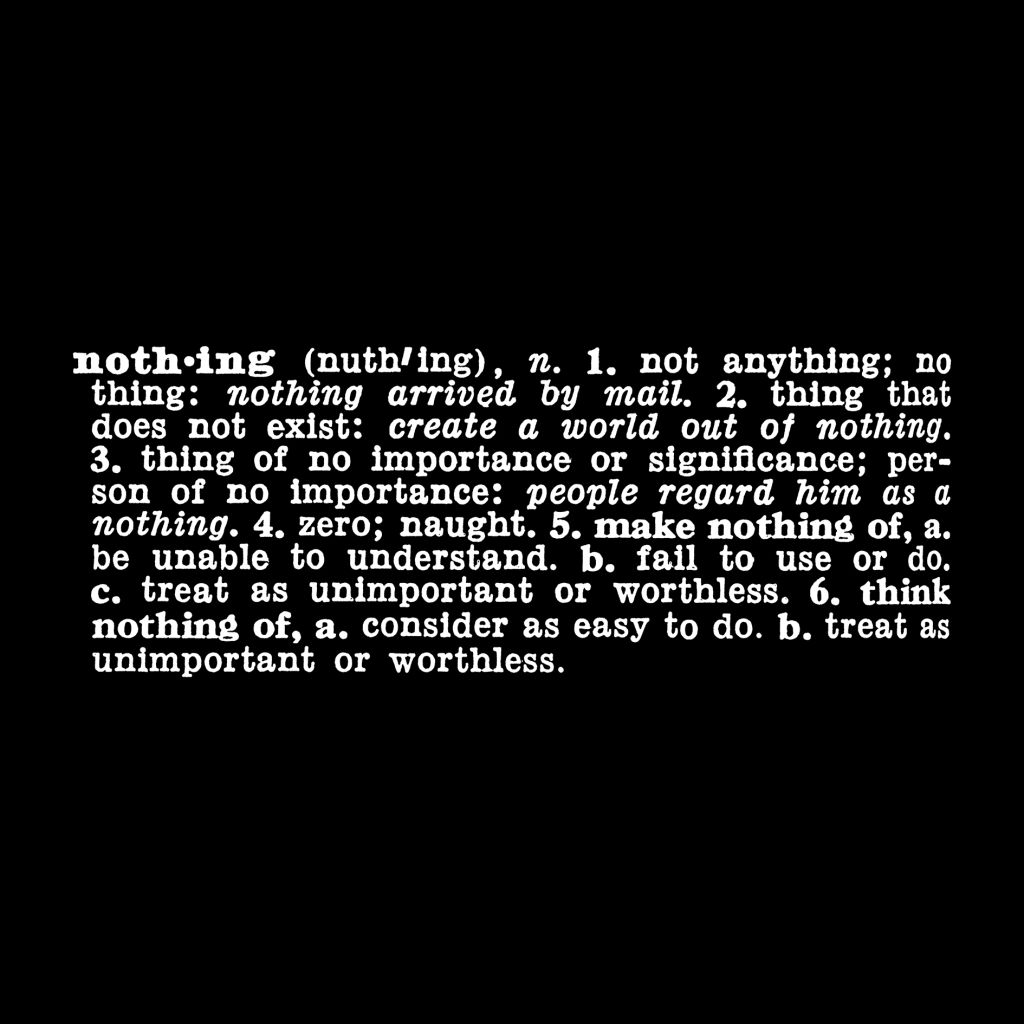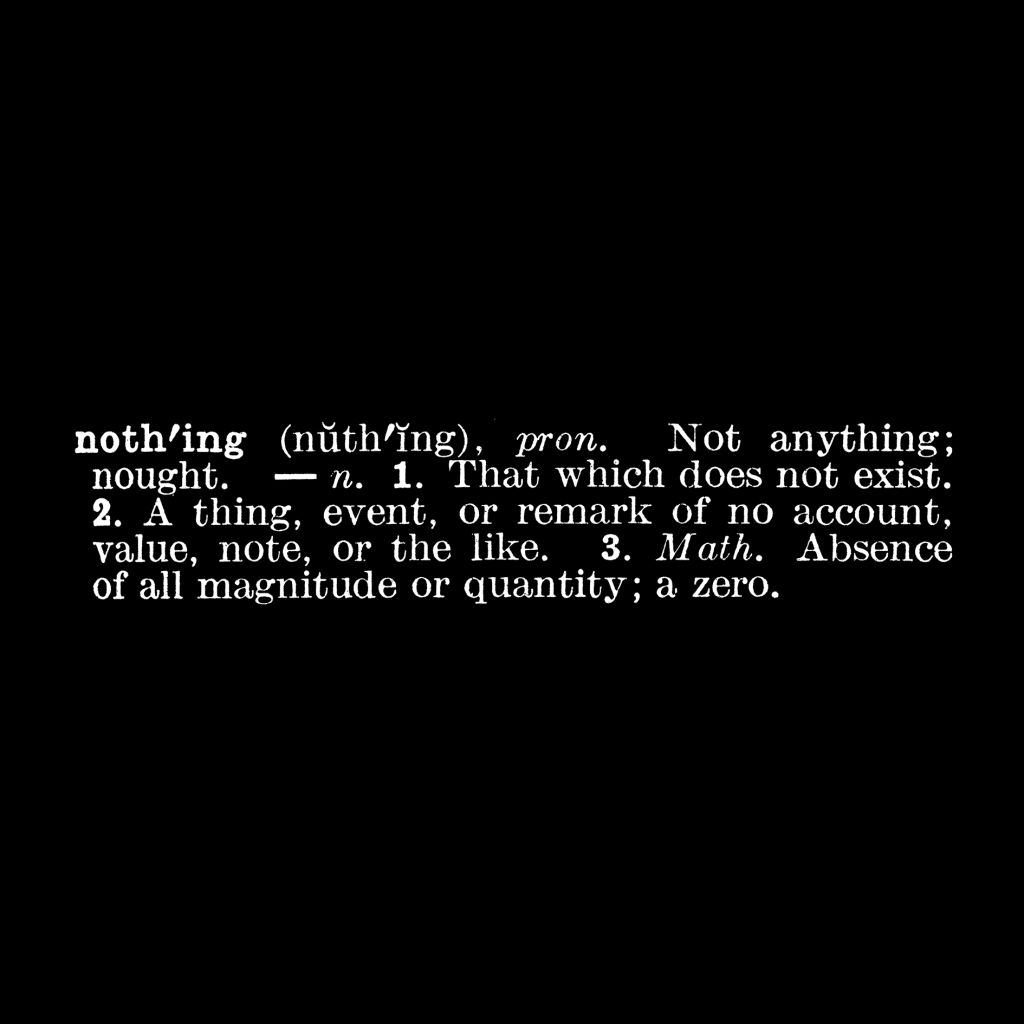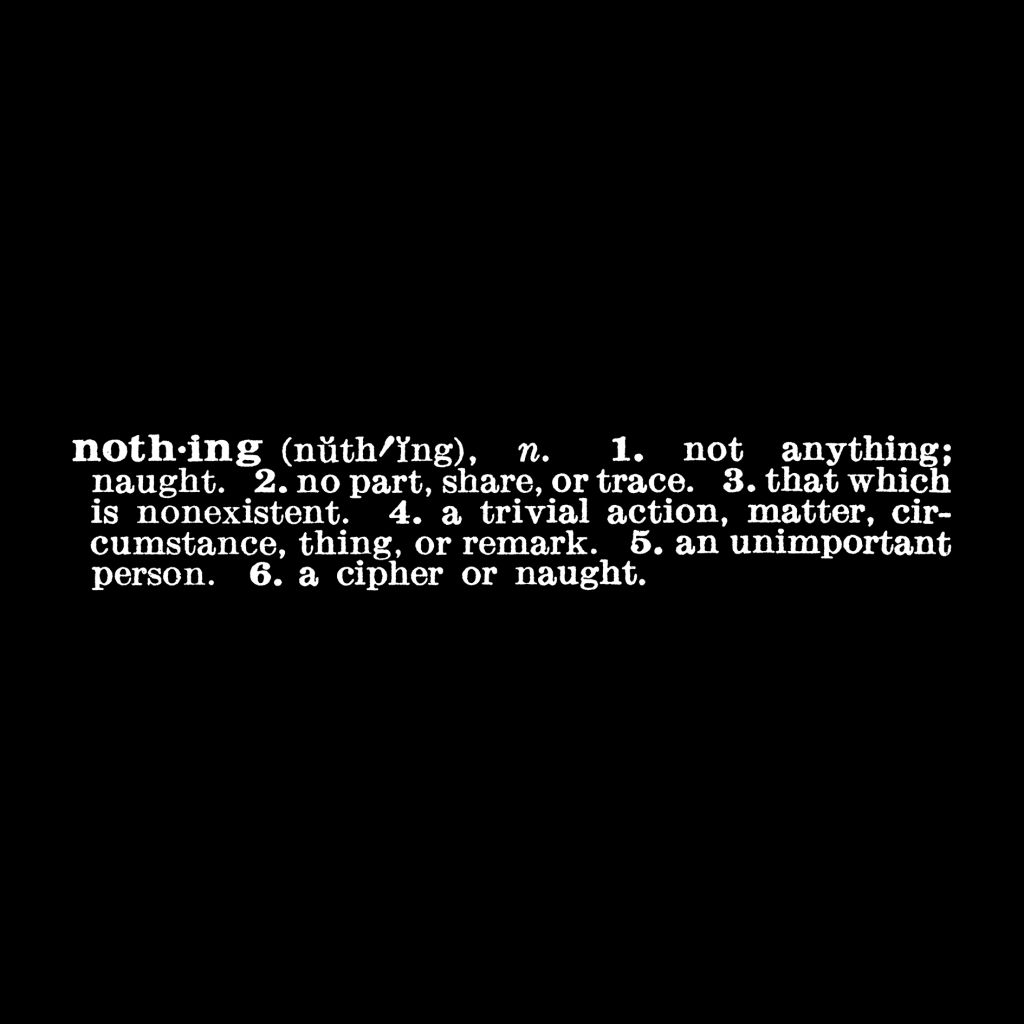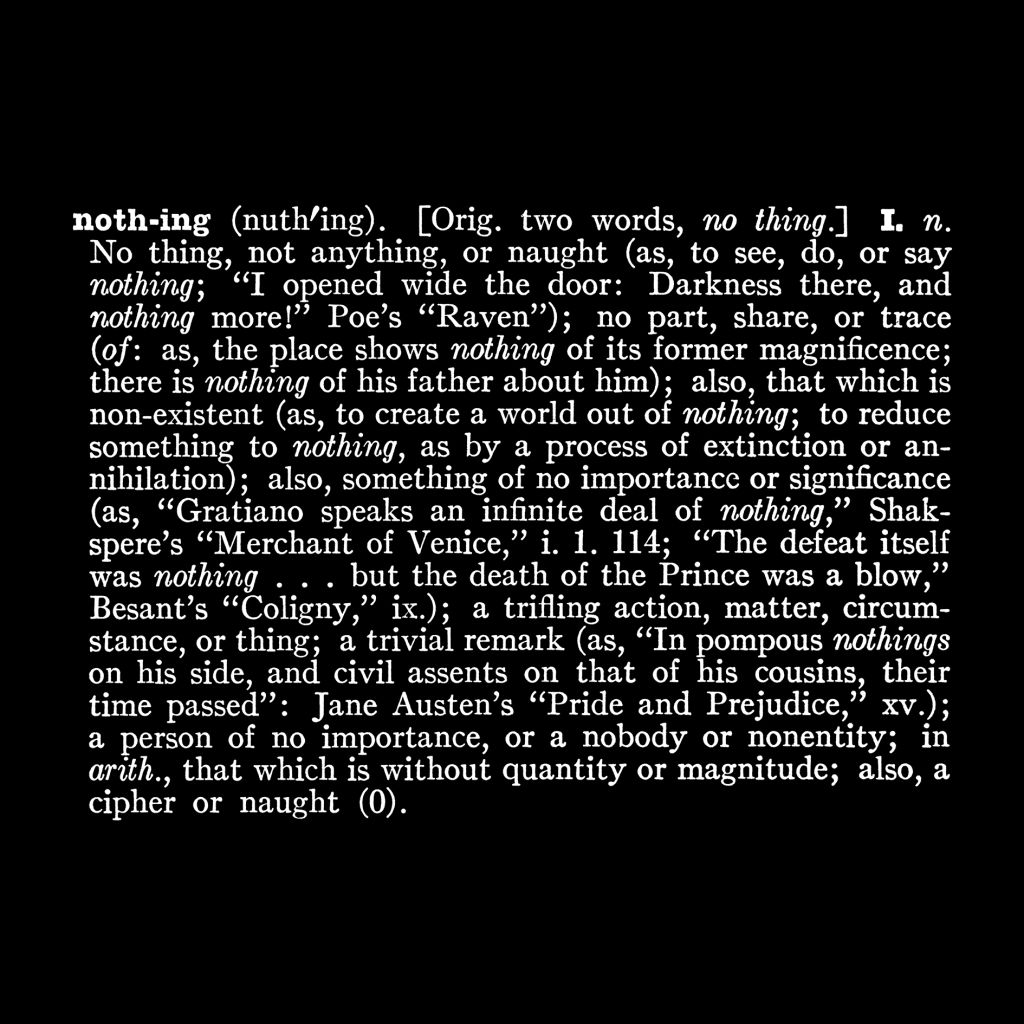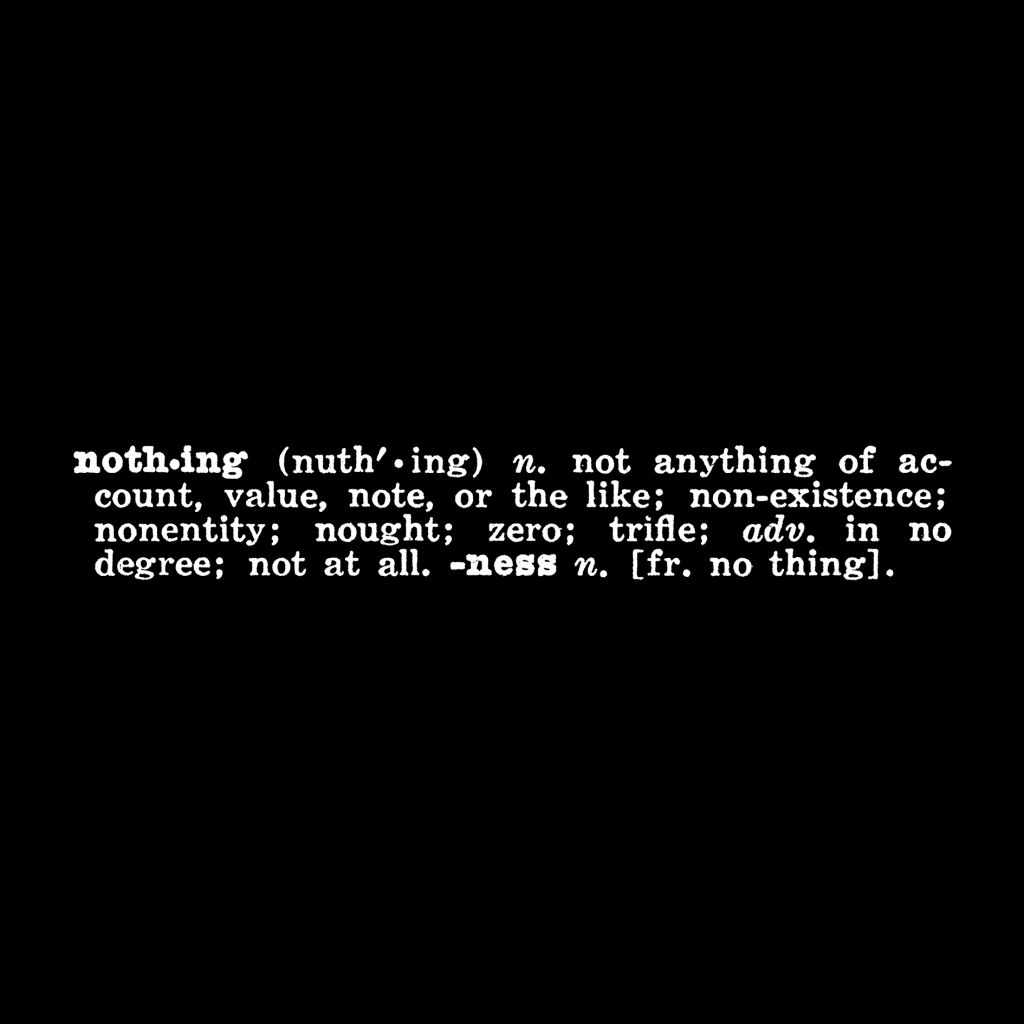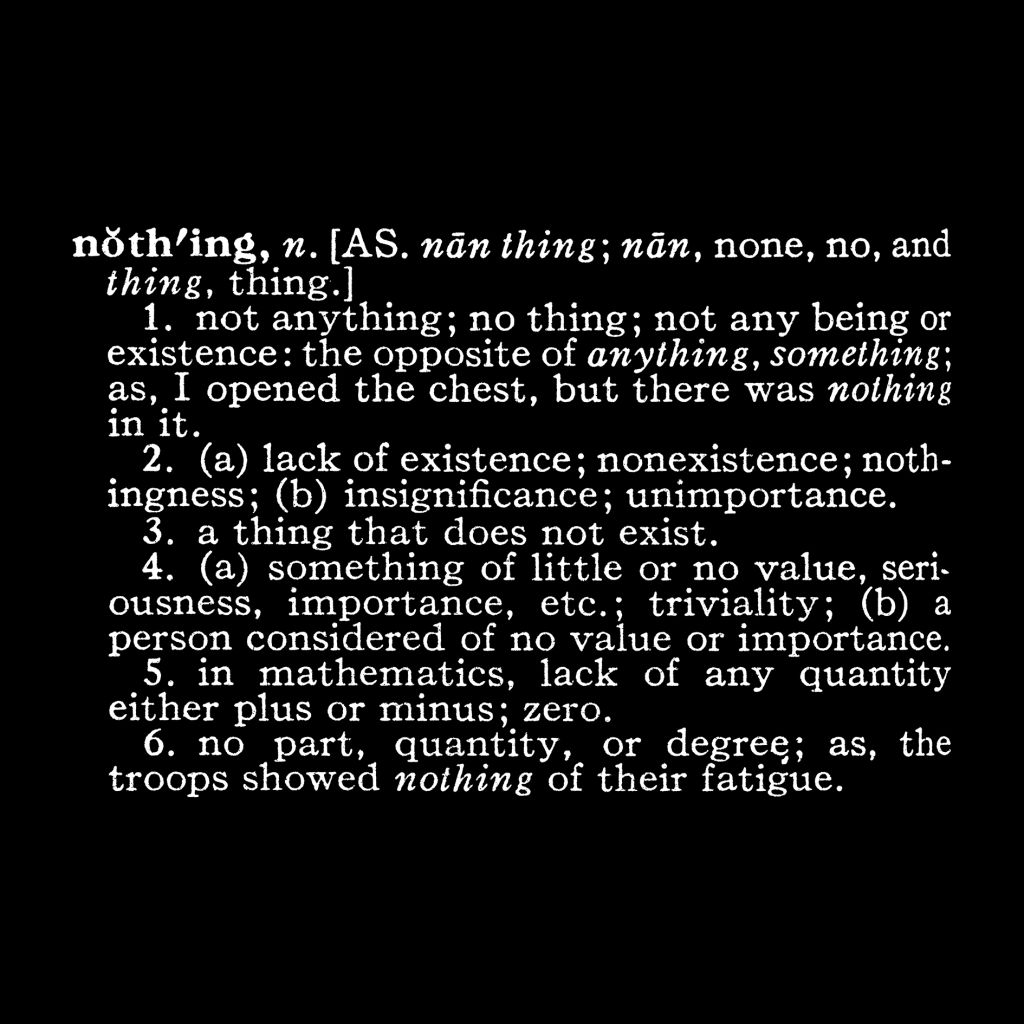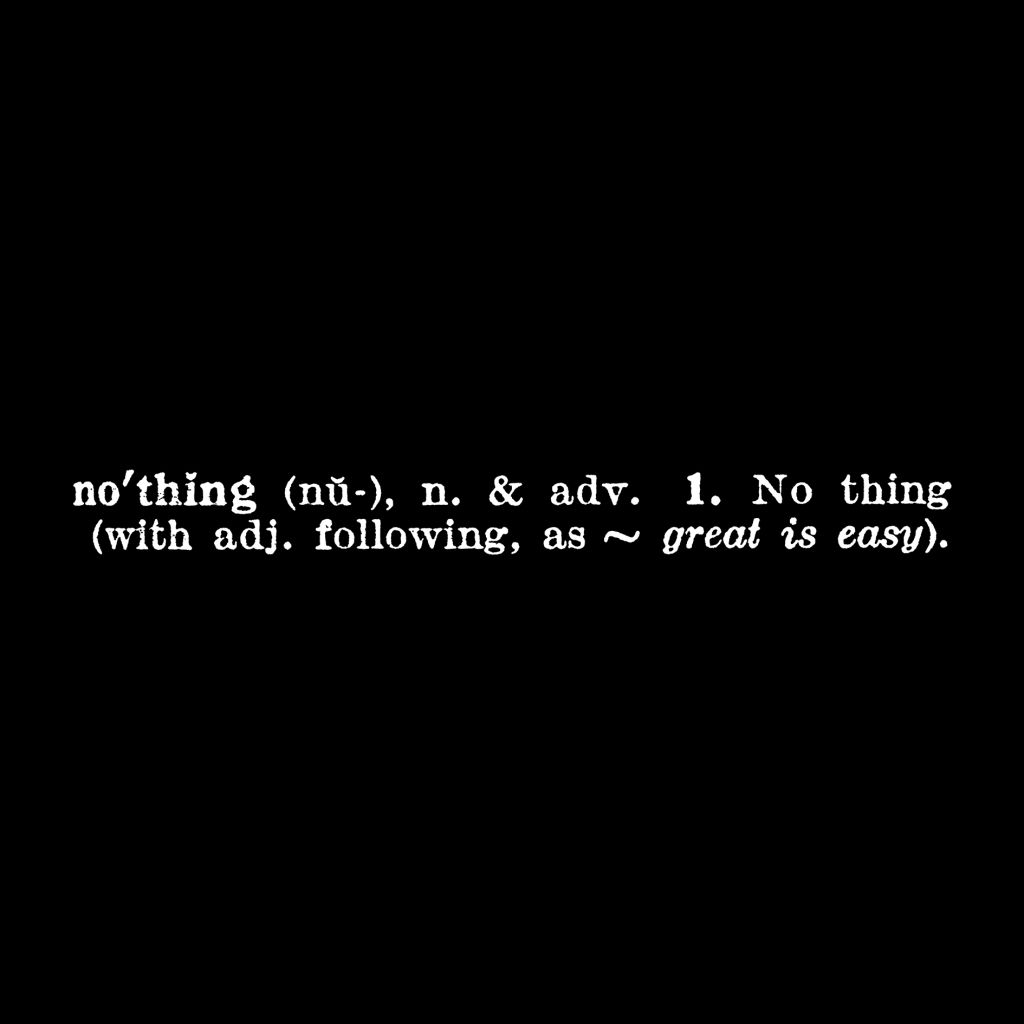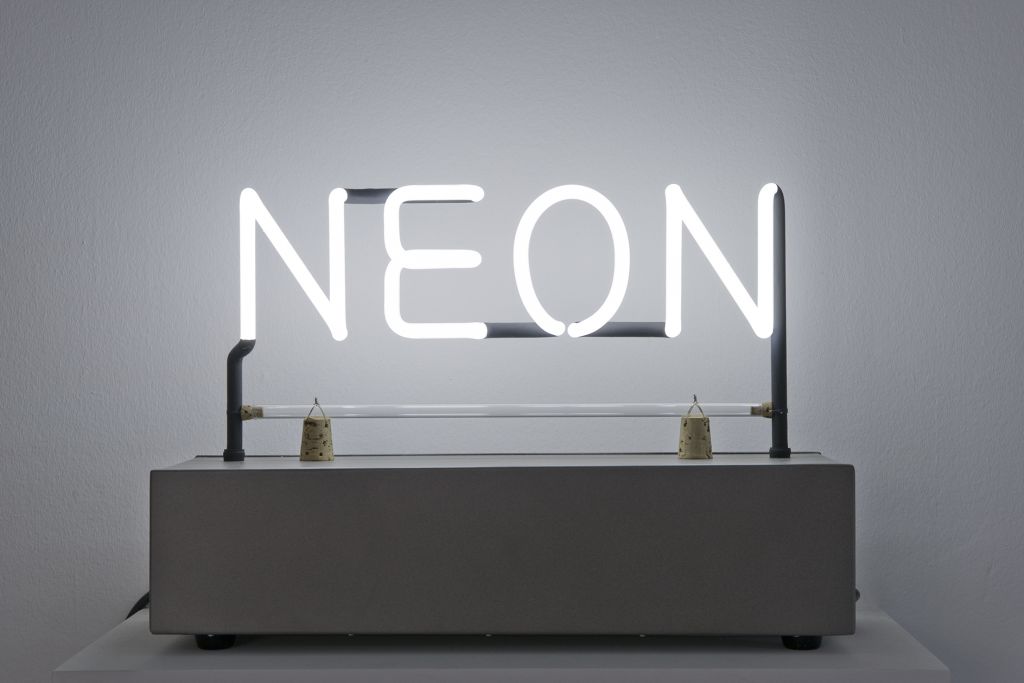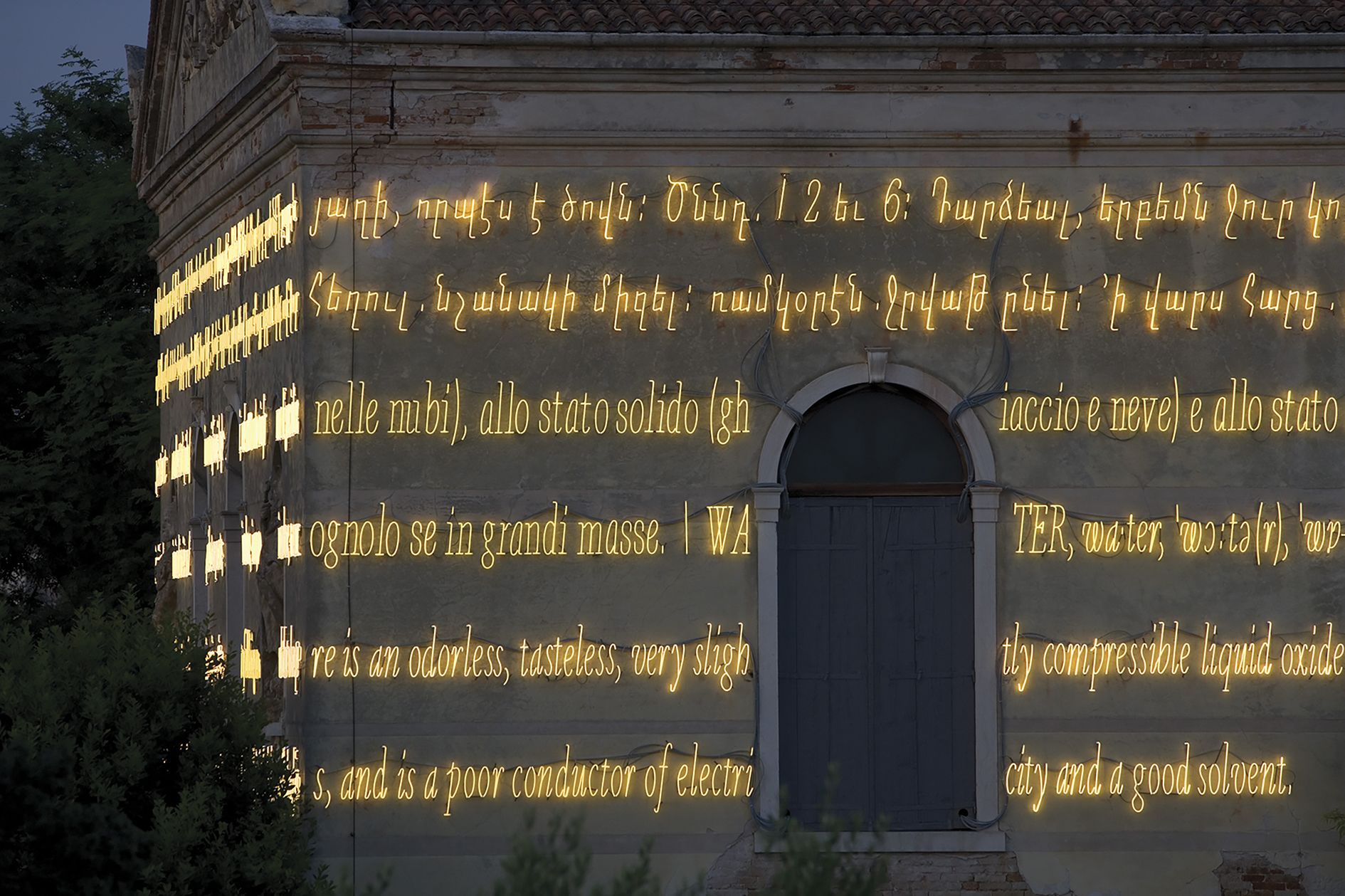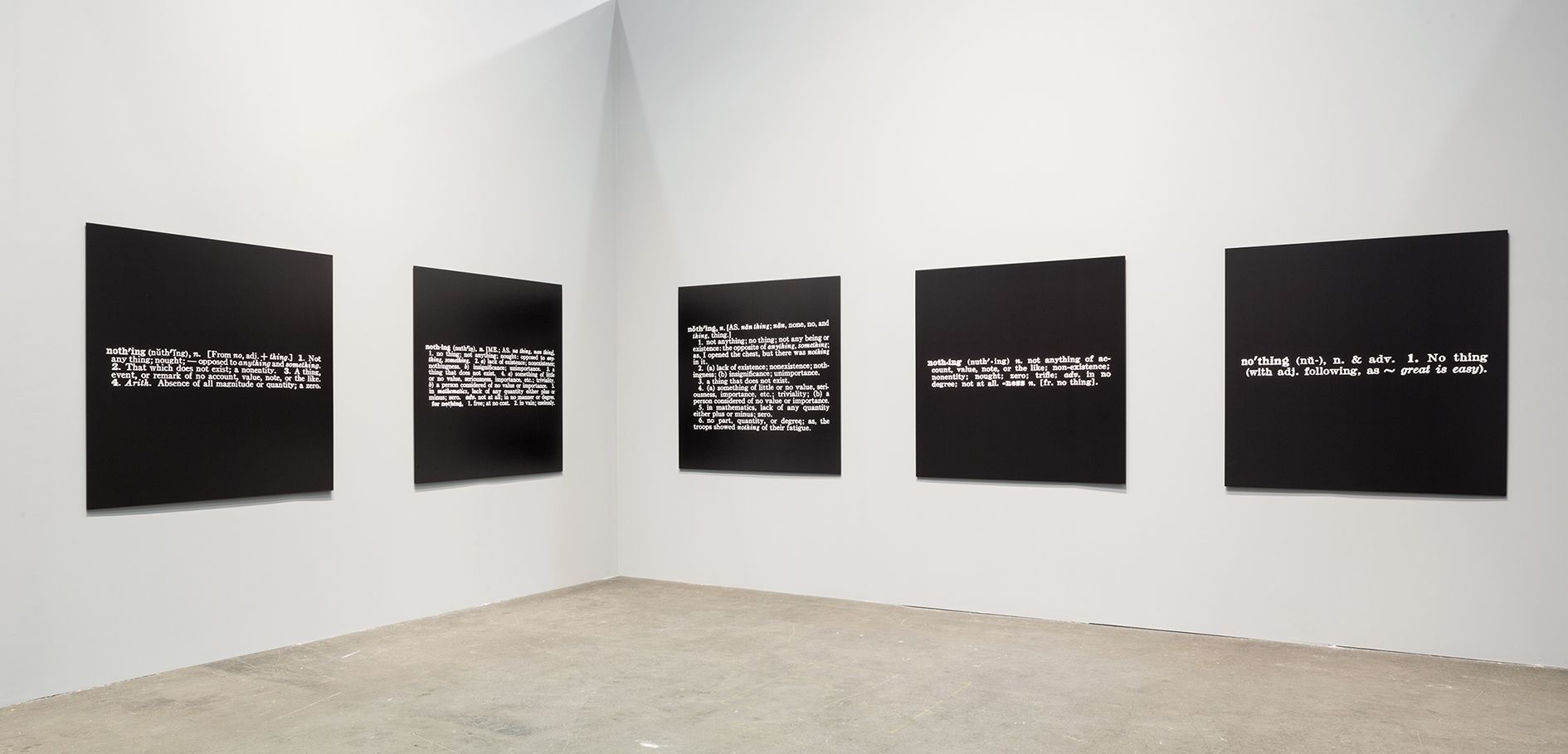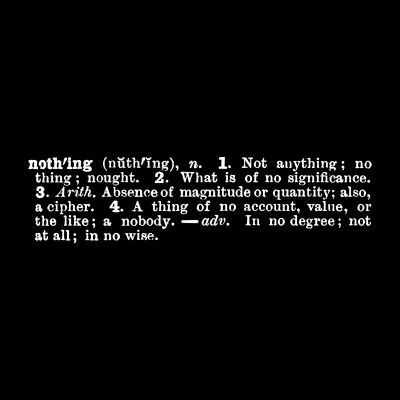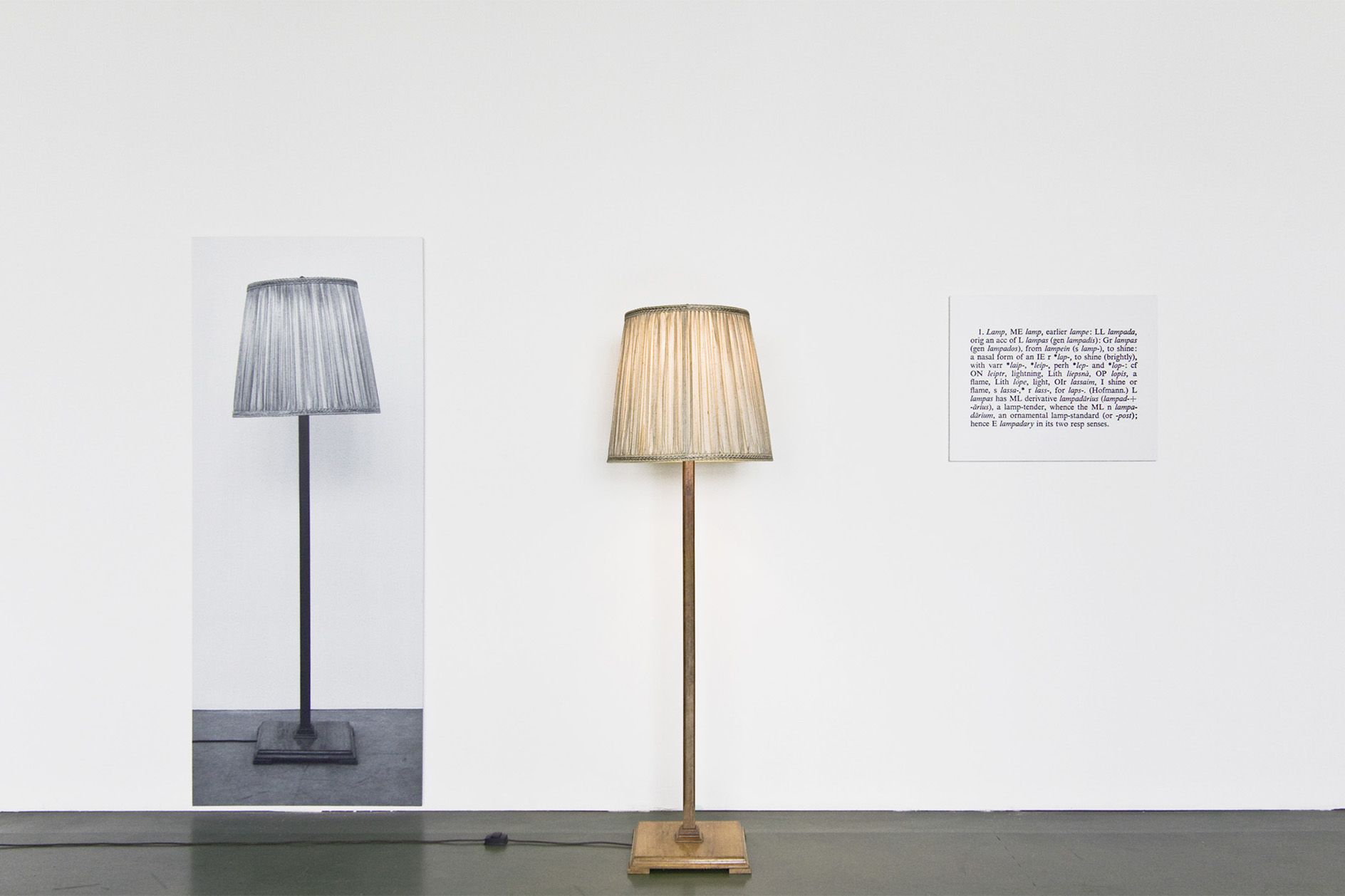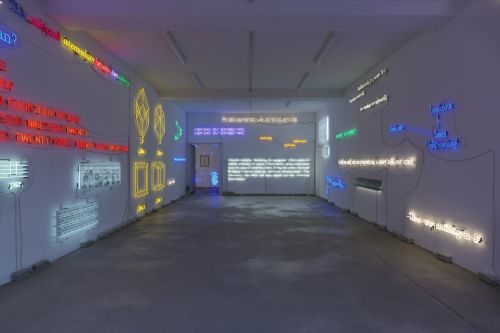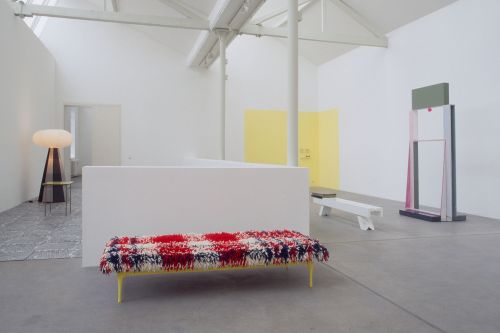Considered one of the pioneers of conceptual and installation art in the 1960s, Joseph Kosuth has undertaken sustained investigations into the philosophy of language and the primacy of meaning that have taken the form of objects, installations, texts, publications and projects in public spaces. Working primarily in clearly-defined series, Kosuth believes that an artist’s medium is meaning, not simply form and color, and that meaning is generated as a surplus from the juxtaposition between two elements, for example the space between text and image, primarily enabled by his use of appropriation.
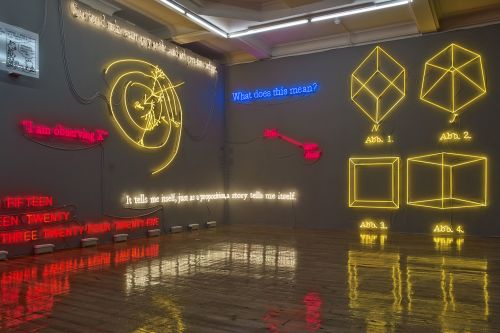
Joseph Kosuth
Amnesia: various, luminous, fixed.
November 26, 2014–February 14, 2015
London
Featuring work that dates from 1965 through to 2011, 'Amnesia: Various, Luminous, Fixed.' offers an extensive overview of Joseph Kosuth’s oeuvre in neon. The show chronicles an almost 50-year investigation into the role of language and meaning in art, as well as Kosuth’s enduring use of neon, which he first developed as a medium in the 1960s (preceding Bruce Nauman, Mario Merz and Keith Sonnier, for example), when Kosuth considered the medium a form of ‘public writing’, without fine art associations. The exhibition will feature 25 of Kosuth’s neon works, including one of the artist’s first neons Five Fives (to Donald Judd) [orange] (1965), alongside recent works such as three from his Beckett series (2011).
Read more
